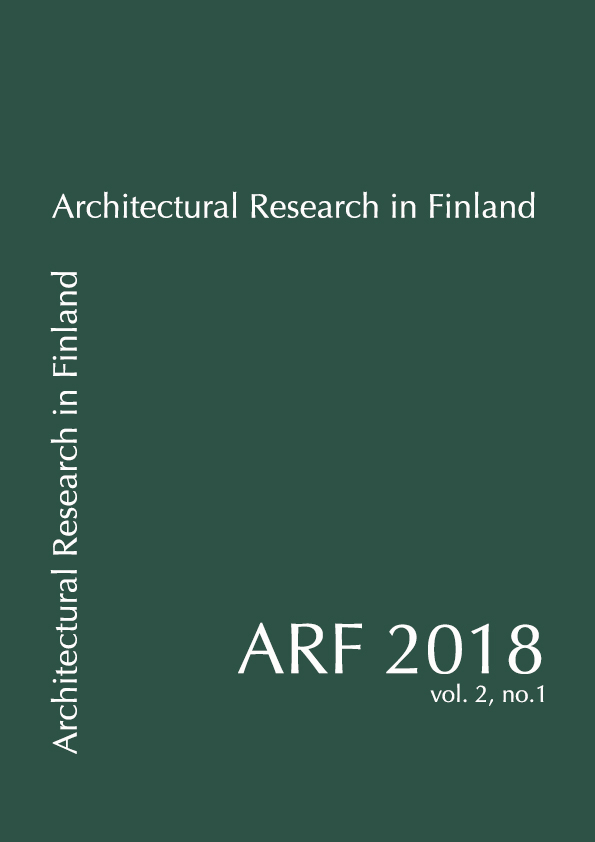Affordances and Limitations of Cognitive Bias Reduction in Introductory Digital Design Pedagogy
Avainsanat:
digital design, novice learner, cognitive biasesAbstrakti
As digital design rapidly expands the disciplinary knowledge-base of related media, methods, and modes in architecture, cognition-based pedagogical strategies hold unique promise in introductory digital design education to increase knowledge transfer efficiency (i.e. learning) by aligning the learner’s natural schema-developmental processes with the inherent affordances of digital tooling methods. Through the employment of cognitive-based instructional strategies that seek to refine the designer’s own judgement and decision making processes, can academicians exploit the affordances of digital design technologies to enhance the architectural learning process in ways not possible in an analog age? This paper frames and explores cognitive bias mitigation as a pedagogical strategy that may increase knowledge transfer efficiency in digital design pedagogy by helping novice learners to mitigate common cognitive biases in the iterative design process. The literature that explores decision-making processes in design will be presented first. This foundational introduction will then be followed by an overview of the implications of early-stage design decision making in architectural learning environments. Cognitive biases particularly applicable to architectural design will be introduced with a distinct emphasis placed upon those that may be augmented or compounded in digital design environments. Cognitive limitations to architectural decision-makers such as projection bias, affective forecasting, and the hot/cold model will be explored in detail. Cognition-based pedagogical strategies that seek to refine the designer’s own judgement hold promise in the emerging field of digital design as progressive technologies and processes are plagued by missed opportunities for the learner’s own decision-making intellectual advancement. Theory and concepts from the decision sciences and digital design in architecture are cross-pollinated in this study.




